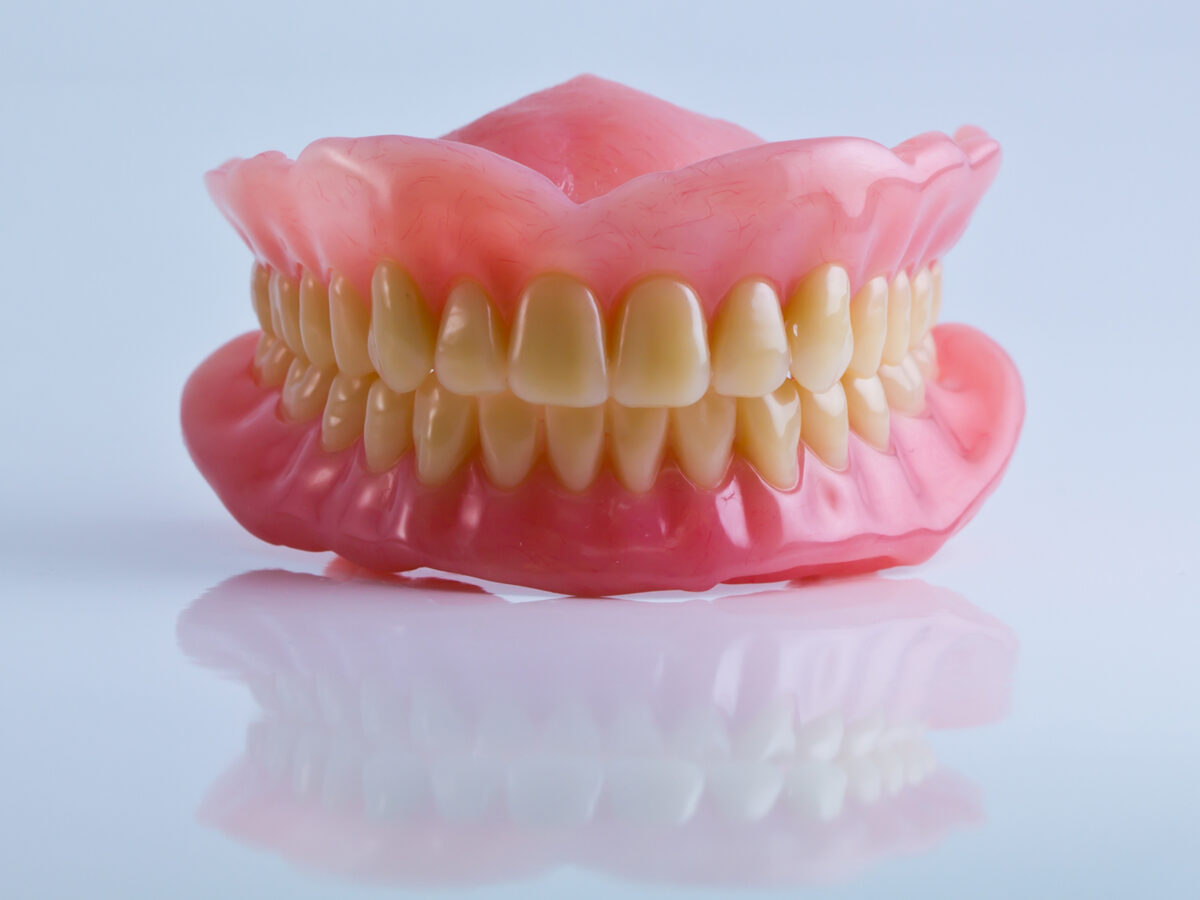Blog
Dental hygiene tips for healthy teeth & gums

how to recognize and avoid periodontal disease
Periodontal disease, also known as gum infection, is a common but serious condition that affects the gums and the surrounding tissues that support the teeth. A severe health problem such as tooth loss can be caused if this condition is left untreated. The good news is that this dental infection is preventable and can be easily recognized if you know what to look for. Let’s talk about identifying and preventing periodontal disease in this article.
What is Periodontal Disease?
Periodontal disease is a chronic infection that affects the gums and the surrounding tissues that support the teeth. It is caused by bacteria building up on the gums and teeth in the form of plaque. Therefore, routine brushing and flossing are essential for removing plaque; otherwise, it can harden and cause inflammation and infection in the gums.
Symptoms of Periodontal Disease
The symptoms of this oral infection can vary depending on the severity of the condition. In its early stages, it may cause mild symptoms such as:
- Red, swollen, or tender gums
- Bleeding gums when brushing or flossing
- Oral hygiene problems or bad breath
- Receding gums
In advanced stages, it can cause more severe symptoms such as:
- Loose teeth or tooth loss
- Pain when chewing
- Changes in the way teeth fit together when biting or chewing
- Pus between the teeth and gums
If you experience these symptoms, seeing a dentist as soon as possible is essential. Early detection and treatment can prevent the condition from worsening and potentially causing tooth loss.
Some prevention tips for disease
Preventing periodontal infection is relatively simple and can be done by following these steps:
- Brush and floss regularly: Brush your teeth twice daily with fluoride toothpaste and floss daily to remove plaque and food particles from between your teeth.
- Use an antiseptic mouthwash: Antiseptic mouthwashes kill bacteria in the mouth and prevent plaque from accumulating.
- Eat a healthy diet: Fruits, vegetables, and whole grains provide vitamins, minerals, and fiber that support gum and dental health.
- Quit smoking: Smoking increases your risk of having periodontitis. Quitting tobacco can help lower your risk of developing this oral health issue.
- Visit your dentist regularly: Regular dental check-ups can help detect and treat periodontal disease before it becomes a severe problem. Your dentist can also advise on improving your oral hygiene routine.
Treatment for periodontal disease
You may be recommended one or more of the following treatments if you have periodontal disease:
- Scaling and root planing: Scaling and root planning eliminate plaque and tartar and smooth rough spots on roots.
- Antibiotics: Antibiotics may be prescribed to help treat the infection in the gums.
- Surgery: There may be cases where surgery is necessary to treat gum and tooth damage. It can include gum grafting, which involves taking tissue from another part of the mouth and using it to replace damaged gum tissue.
Many health issues are associated with periodontal disease, including tooth loss. It can be prevented and easily detected if you know what to look for; the information in this article can help you do that. Following a good oral hygiene routine and visiting your dentist regularly can help prevent periodontal disease and maintain healthy gums and teeth. To prevent tooth infections from worsening, you should schedule an appointment with your dentist as soon as possible.
